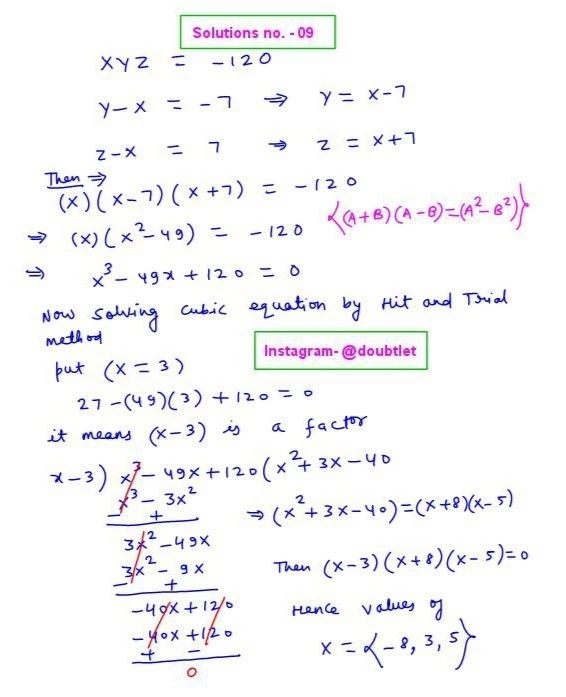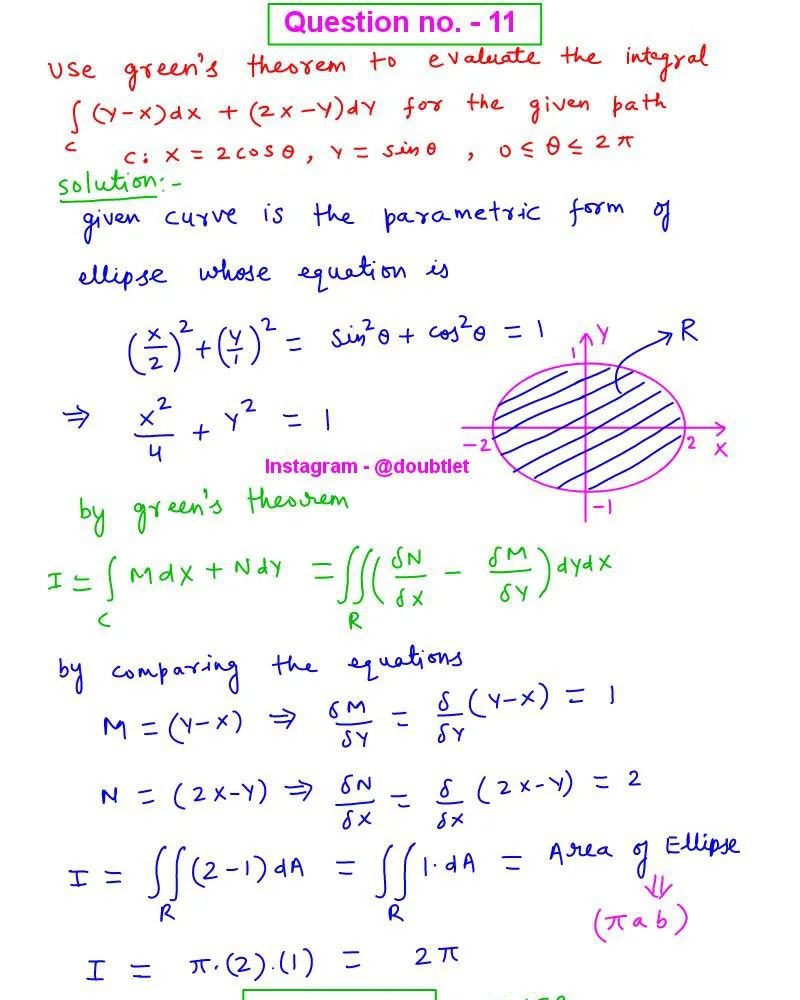









Question :
Find the first partial derivatives of the function:

Solution:

Neetesh Kumar | December 3, 2024
Calculus Homework Help
This is the solution to Math 1D
Assignment: 14.3 Question Number 16
Contact me if you need help with Homework, Assignments, Tutoring Sessions, or Exams for STEM subjects.
You can see our Testimonials or Vouches from here of the previous works I have done.
Step-by-step solution:
We are given the function:
This is a definite integral with variable limits. To find the partial derivatives with respect to and , we apply the Leibniz rule for differentiation of integrals with variable limits.
Step 1: Find
To find , we differentiate with respect to the upper limit . By the Leibniz rule:
Thus:
Step 2: Find
To find , we differentiate with respect to the lower limit . By the Leibniz rule, when differentiating with respect to the lower limit, we introduce a negative sign:
Thus:
Final Answer:
Please comment below if you find any error in this solution.
If this solution helps, then please share this with your friends.
Please subscribe to my Youtube channel for video solutions to similar questions.
Keep Smiling :-)
Comments(0)



Leave a comment